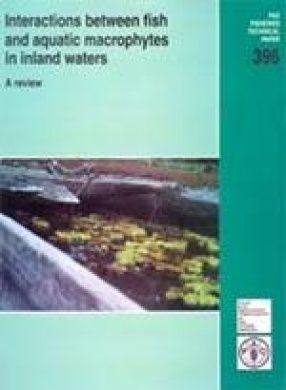For a fishery manager it is important to undestand the role of aquatic macrophytes in inland waters, as this will assist in adjusting strategies for optimizing capture fisheries. Fish, crayfish, some mammals and birds and some other organisms use macrophytes to their benefit, such as spawning, nursery, feeding grounds and as a refuge. Macrophytes play an important role in the fish food chain, especially as a substrate for aquatic organisms on which the fish feed. Aquatic plants have a controlling effect on prey-predator interrelationship, have an important function in water quality and, hence, can be used in biomanipulation for improving fish stocks. Special plant communities, such as floating meadows of varzea and igapo, are essential for fish and fisheries in the Amazon basin, while sudd formation may lead to the reduction in fish stocks. Invasive and nuisance aquatic plants, both floating and submersed, also interfere when present on a large scale. Fish can be used for controlling aquatic macrophytes, and through their control also for the control of hosts and vectors of human water-borne diseases. The document shows the roles of macrophytes in a variety of situations to assist in finding the best way of managing aquatic plants for fishery objectives, such as enhancement of preferable fish stocks, removal or reduction of undesired fish species and improvement of water quality.
Interactions Between Fish and Aquatic Macrophytes in Inland Waters: A Review
In stock
Free & Quick Delivery Worldwide
reviews
Bibliographic information
Title
Interactions Between Fish and Aquatic Macrophytes in Inland Waters: A Review
Author
Edition
1st ed.
Publisher
ISBN
817035403X
Length
viii+185p., Figures; Plates; Maps; References; 29cm.
Subjects





There are no reviews yet.